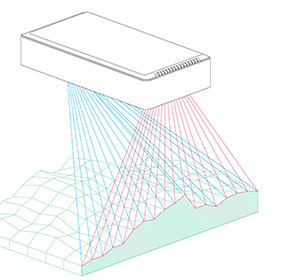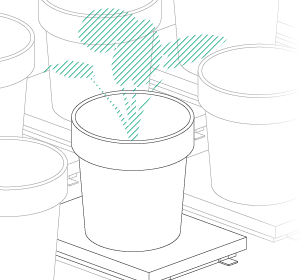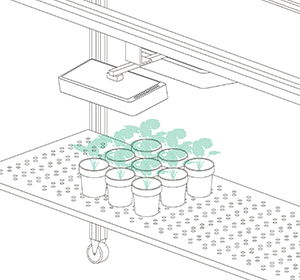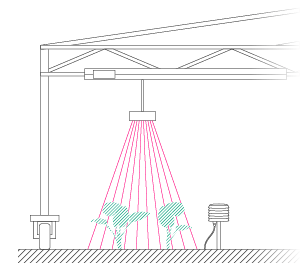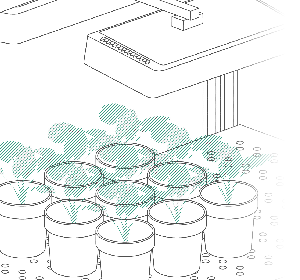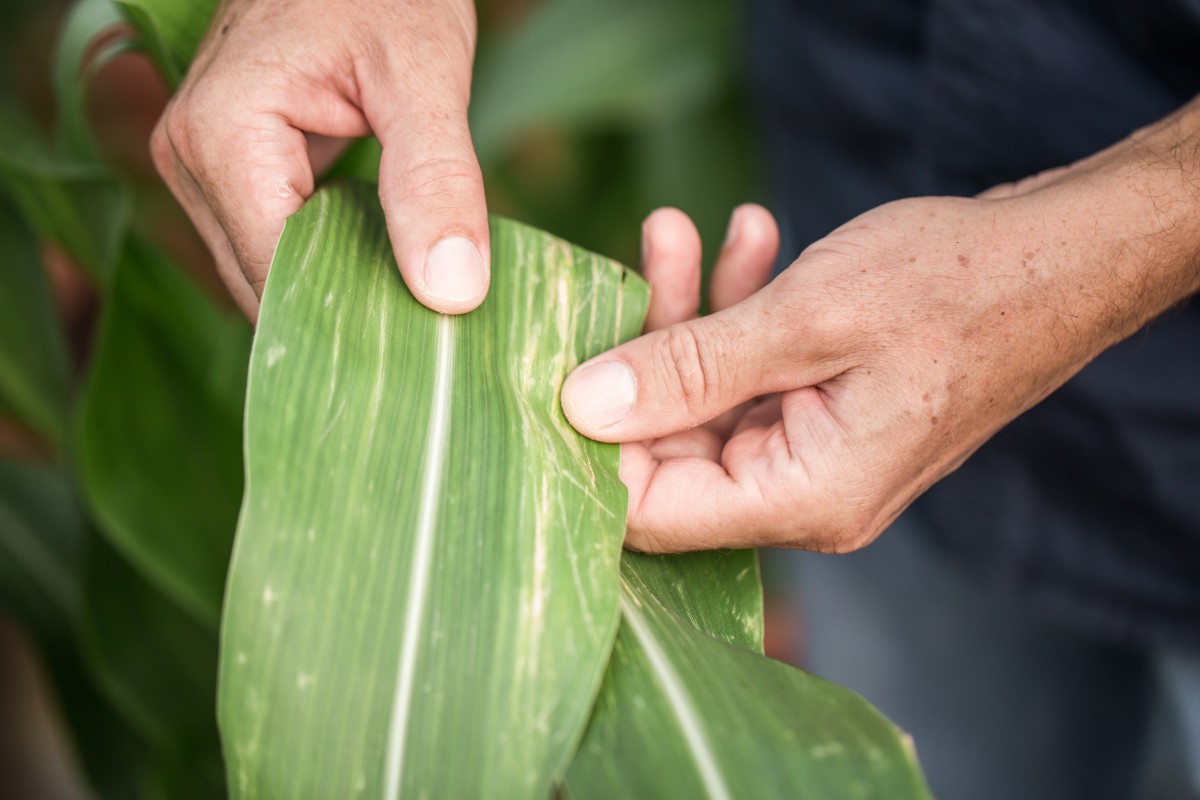Will the US overtake Europe in Advanced Plant Phenotyping?
Recent developments in the US plant phenotyping scene indicate a shift
Currently, Europe and Australia maintain the most advanced phenotyping science and activities. In the last 10 years, the European Union (EU) has spent over € 250 million in research and in the establishment of advanced Plant Phenotying Networks, which include:
EPPN (European Plant Phenotyping Network)
IPPN (International Plant Phenotyping Network)
DPPN (Deutsche Pflanzen Phänotypisierungs Netzwerk)
Phenome FPPN (French Plant Phenotyping Network)
UK Plant Phenomics Network
A great deal of money and effort was spent on sensor development, automation and phenotyping infrastructure, but at the same time a number of hard lessons were learned.
Comparatively, US plant phenotyping activities over the last few years where mainly driven by private industry and not public research and as such, overall there have been fewer initiatives in the US market.
The phenotyping arena in the US is rapidly changing, especially now that the US Federal Government, led by the Department of Energy (DOE) has funded phenotyping programs as part of “The Advanced Research Projects Agency-Energy (ARPA-e)”, which according to their website is:
“…an innovative and collaborative government agency that brings together America’s best and brightest scientists, engineers, and entrepreneurs.”
Important questions include whether the US plant phenotyping community will benefit from the European experience and bring improvements to phenotyping and how the influence from the strong investment and VC culture in the US (e.g. The Climate Corporation deal with Monsanto) can potentially boost phenotyping and data analysis.
Phenospex firmly believes that we can support the development of the US plant phenotyping market by advancing the use of meaningful tools and sound data analysis and have therefore decided to establish representation in the US.
Paul N. McMahon will be the new Phenospex representative in the US and will provide support in understanding the needs of the market and in providing valuable phenotyping tools. His background includes research in analyzing the genetic diversity of crop germplasm as an Agronomist and in leading advanced, software and hardware implementations for the US Federal Government as a Project\Program manager.

